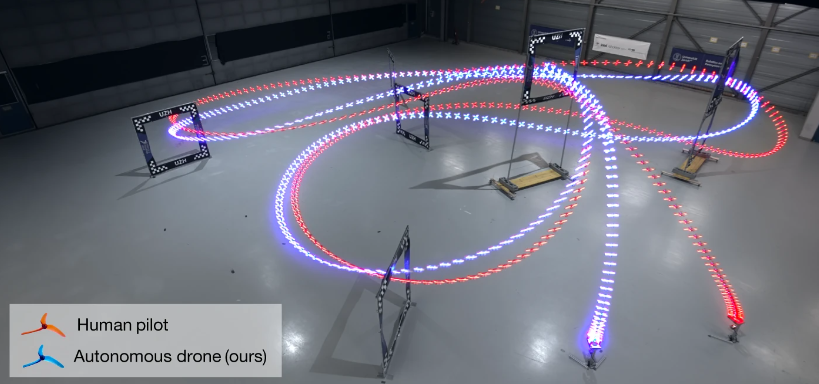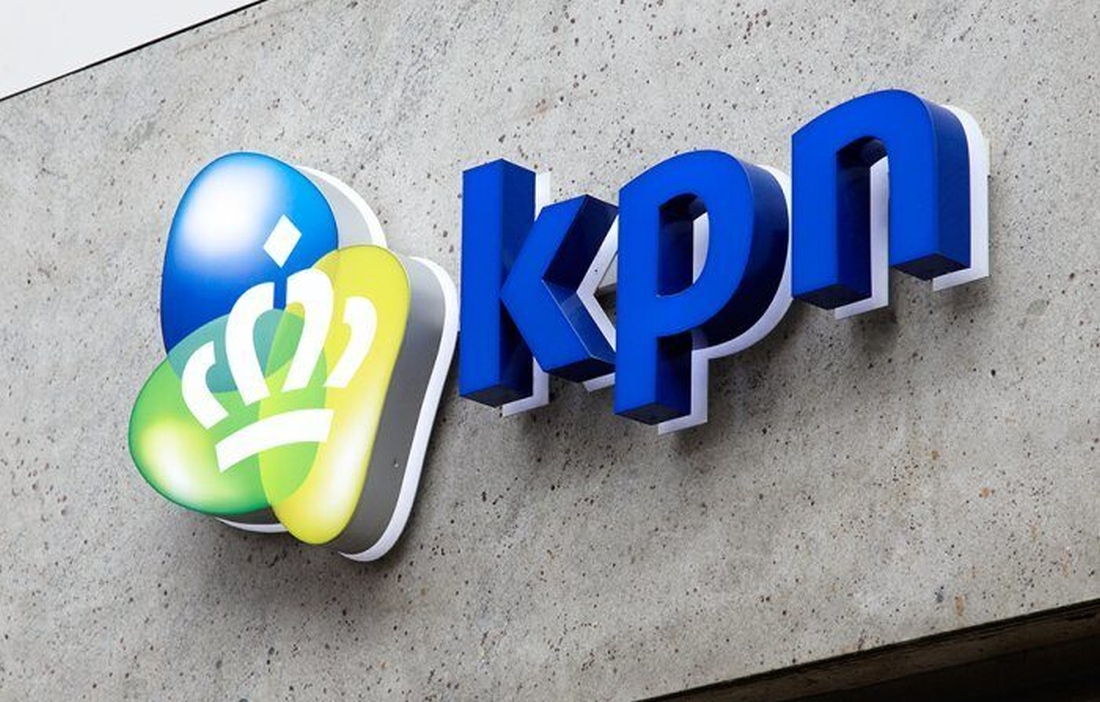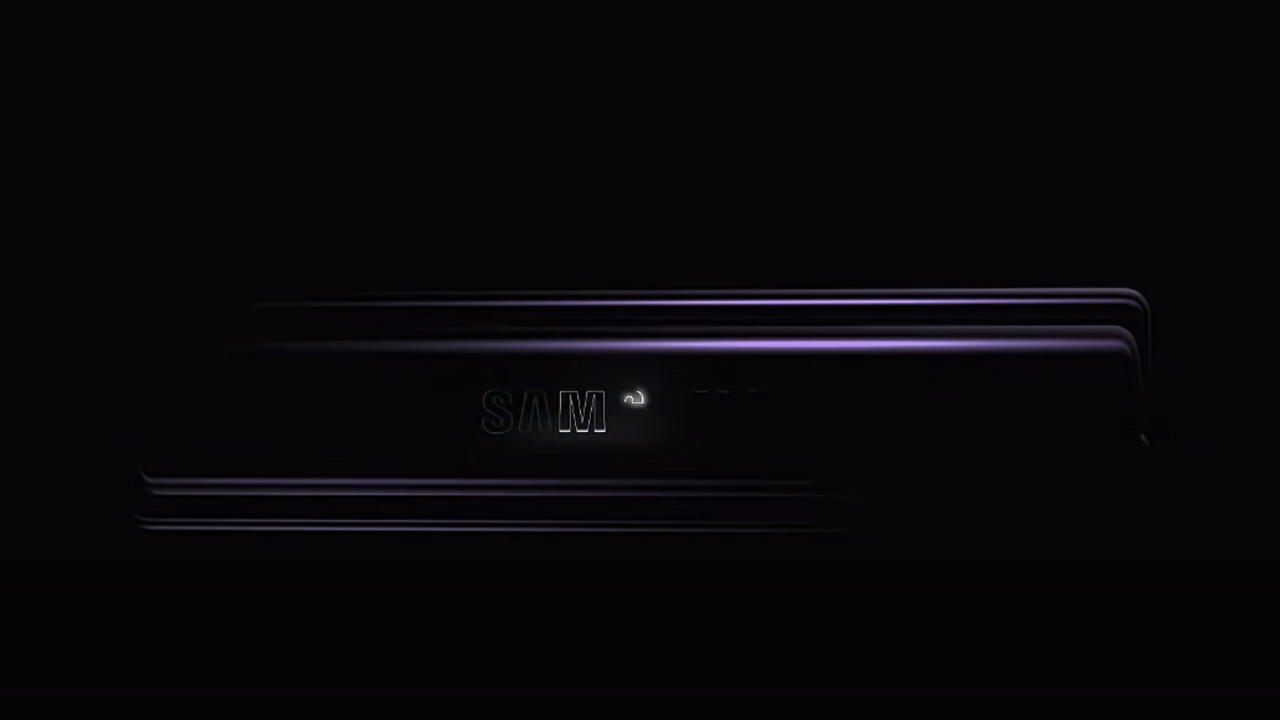Lightning connection almost ‘out of date’
Apple’s famous Lightning connector will turn ten in 2022. Read in this article everything about the history, the present, but especially about the future of this connector.
Read on after the ad.
Contents
Double lustrum for Apple’s Lightning connection
It’s been almost ten years: Phil Schiller announced the new Lightning connector at the Apple event in September, at the same time as the iPhone 5. He then called it the modern connection for the coming decade. So the question remains; is Apple going to stick with it for another ten years or are there better connectors for devices these days? In this article we answer all your questions and take a look at the future of Apple connections.
Lightning fast with the Lightning cable
Beginning in 2003, Apple used the 30-pin connector for all its mobile devices. You probably remember that one; the wide charger for your iPod Nano in your docking station. However, in 2012, Apple launched something new: the Lightning connector. What was innovative was that it is reversible. So it doesn’t matter how you put it in your iPhone or iPad, it always fits and makes the connection immediately. In addition, this charging cable has also turned out to be much more durable. But: the end of Apple’s Lightning connection seems in sight.
In 2021, it is already predicted that Apple would gradually move away from this iconic connector. The iPad Pro and the iPad Air have recently switched to the universal USB-C connection. This is the connector that we also find in modern Android phones. However, this transition happened because they need to support a 4K resolution display. Apple’s own Lightning cable cannot do this. The MacBook Pro and MacBook Air already charge via a USB-C connection.

From the European Union, press Apple
Not only internally at Apple are there some shifts going on regarding the type of connections. The European Union is working on a bill to provide every device with the same type of charger: USB-C. This is mainly good for the environment, because there only needs to be a single cable in the house to charge or connect all your devices to each other. On the flip side, it also means millions of Apple Lightning cables end up in the trash.
Another useful application of this universality of device connections is, of course, ease of use. How many times have you been to someone’s home without your own charger? There is a good chance that it just doesn’t have the right charger. Europe is also trying to solve this problem.
If this motion actually sees the light of day, it will not immediately have major consequences for Apple. Bureaucracy takes a long time; if the bill is passed at the end of 2022, countries will have to implement it in their own legal code in subsequent years. That means, according to the BBC, Apple won’t have to follow these rules until 2026, and then the Lightning connector will officially be history. If Apple continues to release smartphones according to the familiar schedule, we will write about the iPhone 18 in that year.

From Lightning connection to USB-C?
It seems that, sooner or later, Apple will have to say goodbye to the Lightning connector. But what are the alternatives? The European Union is pushing for USB-C, but Apple is not completely comfortable with that. This connection seems to be less dust and waterproof than Apple’s current cable. For example, the tech company from Cupertino believes that they cannot guarantee the quality of iPhones with a USB-C connection.
Apple also assures consumers of good quality through the ‘Made for iPhone’ program. Third parties must pay a commission to Apple to produce ‘official’ supporting products and accessories. This way of working ensures more profit for Apple and high-class products for the consumer. With the switch to the USB-C connection, Apple no longer has control over this process.

Then only a full wireless connection?
It has been rumored for a long time that Apple is in the process of releasing iPhones without a connection port. Since the iPhone 8, wireless charging with the universal Qi certification has already been present in smartphones. Apple has also set a trend by removing the headphone jack from the iPhone 7. A completely ‘portless’ iPhone is therefore not a bad idea.
In addition, Apple has been working for a while to provide the MagSafe ring on the back of your iPhone with more power for faster charging. However, this connection cannot yet transfer data or recover data from a broken iPhone.
The question is whether the new iPhone 14, which we expect in September 2022, will have a Lightning connection, or whether Apple will switch to USB-C or whether we may only see a wireless charger. Apple may be waiting for European legislation and meanwhile working behind the scenes on the perfect wireless connection.
One thing we know for sure in Apple’s way of doing things; the moment Apple gets rid of the acclaimed Lightning connection, it happens not because it has to, but because the tech giant is ready.



